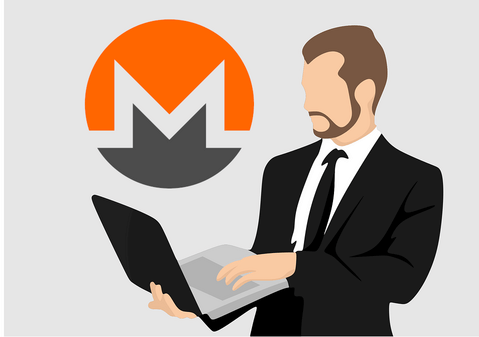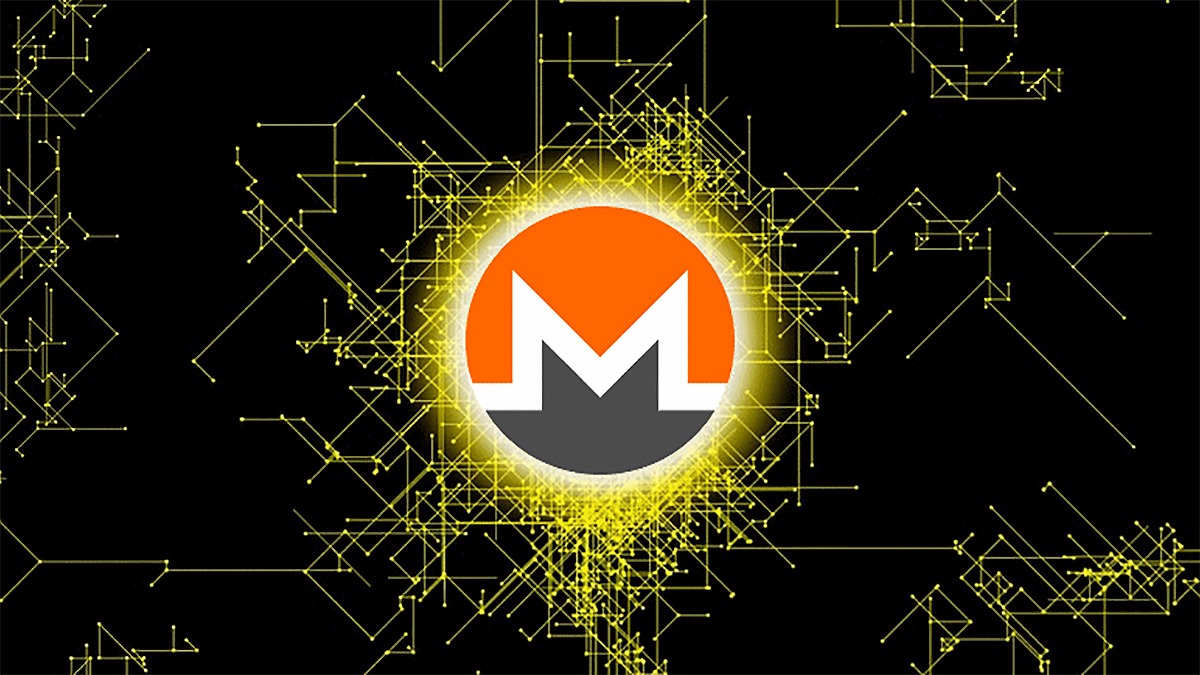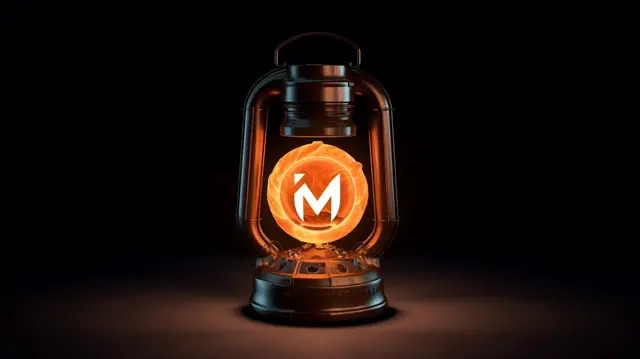Monero 101: What You Need to Know
We’ll break down how and why the most private and anonymous cryptocurrency works

Work of Art
Monero’s code is so beautiful that many people consider it a work of art. In this article, we’ll break down how and why the most private and anonymous cryptocurrency works. And you can join the Monero community by subscribing for free to our new content by email, by Session messenger, or RSS feed, or Nostr. Nostr is usually Bitcoin maxis, so we gotta represent XMR.
Private Blockchain
Bitcoin is Transparent
Other cryptocurrencies like Bitcoin have a publicly visible blockchain that anyone can see and use to track the movement of funds. While it’s possible to obfuscate Bitcoin transactions using mixing or multiple wallets, such as CoinJoin or Electrum wallets, these techniques are expensive, time-consuming, and subject to some flaws.
Sending address hidden
Monero is private by default. The amount sent and who sent it are hidden from the public’s view. Using a technique known as Ring signatures, the transaction process has random third parties sign a transaction so it’s unknown who actually sent the funds. In other words, you don’t need an external mixing service because it’s built into the protocol itself.
Receiving address hidden
When Monero is sent to you, it isn’t sent to your wallet directly. Instead, it’s sent to a random wallet which your private key then has access to get. This keeps your wallet address off the public blockchain for users who received funds.
Locker Room
A good analogy is a locker room. Instead of putting a knapsack of cash in the locker with your name on it, you put it in a random locker. Then you take your private key and try opening lockers until you find the one with the cash.
Even hidden from miners
Monero transactions are hidden even from the miners. This is unlike the privacy cryptocurrency competitor Dash, which has nodes able to see the PrivateSend transactions. Monero miners can’t gather any such information.
Monero hides the amounts by locking up a larger amount in your wallet when you send it, then breaking up the transaction into smaller random amounts. This system is extremely private but has the disadvantage of locking up more than you sent in your wallet, which can be inconvenient if you’re pressed for time while sending multiple outgoing transactions.
But the advantage of locking up coins is that it hides from everyone how much is sent while still preventing the user from double spending.
XMR
XMR is the ticker symbol for Monero. Gold is XAU and Silver XAG. The reason these metals have an X is because most foreign currencies like EUR or JPY have a country or region. The X means outside or no country. In this sense, you reclaim your sovereignty.
Prove sent transactions
When someone is receiving an incoming Monero transaction, it’s unknown from where the funds came, but the sender can still see the transaction in his or her wallet. Despite transactions being completely private, it’s still possible to prove to the recipient that you sent it, if he or she claims you did not.
To do this you can enter the transaction ID and the transaction’s private phrase into this website:
https://blockchair.com/monero
Decentralized
Monero is more decentralized than other proof of work cryptocurrencies like Bitcoin and most implementations of proof of stake.
The key to Monero’s decentralization is the way it’s mined. Other Proof of Work cryptocurrencies such as Bitcoin can be mined with ASIC machines, which are extremely powerful and expensive processing units. Bitcoin mining therefore requires a lot of money and resources, and this leads to a concentration of power among a few miners.
Bitcoin ASIC miners
On the other hand, Monero does NOT allow ASIC or even graphical cards to be used when mining it. Monero is mined using the computer’s CPU only. Because of this, regular home-user laptops could be used to mine Monero. By allowing everyday people to mine it, Monero gets back to Satoshi Nakamodo’s original dream of one computer equals one vote.
XMR can be mined on regular PCs
More in-depth
This article is just a surface level overview of the magic of Monero. For a more in-depth look, we recommend the “Breaking Monero” series. Unfortunately, this series is only on Youtube and not Odysee, but you can use an Invidious front end to avoid having Google spy on you. Here’s a link to WebLibre’s instance for episode 1 of Breaking Monero:
https://invidious.weblibre.org/watch?v=WOyC6OB6ezA
And here’s a list to pick a different instance to watch episode 1:
https://redirect.invidious.io/watch?v=WOyC6OB6ezA
&
For more information, see our previous article on how to watch Youtube privately. And the official Breaking Monero website can be found here:
https://www.monerooutreach.org/breaking-monero/
And our next article on Monero Wallets. Don’t miss out, subscribe for free to our new content by email, by Session messenger, RSS feed, or Nostr.
If you really want to learn and take your privacy to the next level, subscribe to our new content via: Podcast RSS, Session list, Nostr, Bastyon, Article RSS, or join the Signal Group
Related Posts

Wrong Price on Exchange!
Monero is misunderstood
[SP]
May 15, 2025

OpenMonero is a No KYC Easy P2P Market (Beginner Interview)
Works Right in a Web Browser with No Capital Tied Up
[SP]
Feb 26, 2025

OpenMonero vs Reto, vs LocalMonero (Advanced Interview)
How does this differ from LocalMonero or Reto?
[SP]
Feb 26, 2025

Monero Spike: Why?
What is behind the rapid rise?
[SP]
Dec 5, 2024